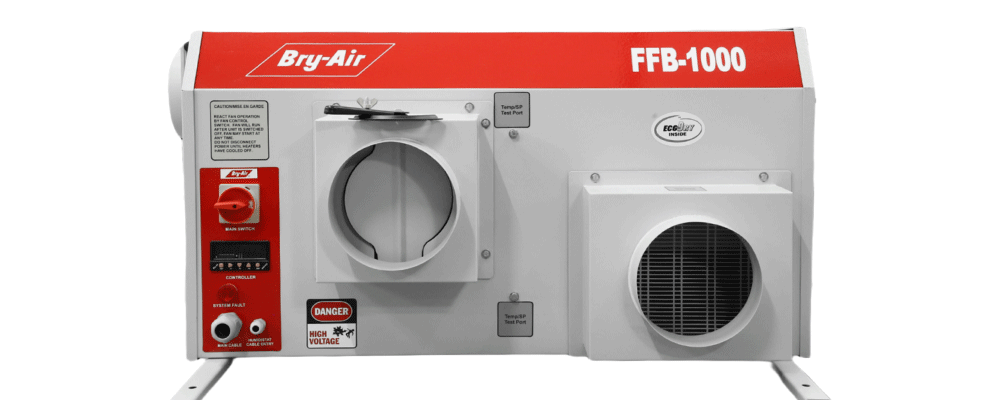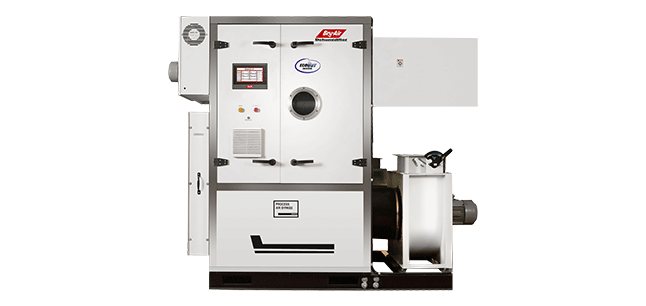Good indoor air quality needs to be assured in all hospitals and healthcare facilities. Inappropriate temperature and humidity level in a hospital building with access from wards to waiting rooms can trigger bacterial, fungal and viral infections and allergies to patient, staffs and visitors. It is important to note that bacteria travels on water vapour in the air. To prevent biological contaminants from spreading and proliferating, the relative humidity should ideally be kept in control. In many critical healthcare facilities, humidity can cause problems and expose the institutions to unnecessary risk.
Expensive and sensitive equipment used in hospitals requires protection against external agents, temperature, humidity, contaminants, etc. But while temperature control is achieved through airconditioning, the importance of humidity control is often overlooked. This causes the atmospheric water vapour to condense on the surface of the equipment, during power cuts, causing corrosion or micro-corrosion related damages.
A large quantity of outside air must be brought into the building through the ventilation system of hospitals and healthcare facilities. This outside air account for 90% of the moisture load typically seen in many healthcare buildings.
Similarly, most OT rooms are designed for 100% fresh air system and fresh air has exceptionally high moisture content.
High humidity affects both man and machine equally. Inadequate ventilation air and fresh air can promote the build-up of chemical and biological contaminants which can further deteriorate the patient’s health. Here are some recommended humidity levels for different types of room in a healthcare facility:
| Room | Temperature (ºC) | Relative Humidity (%) |
| Operation Theatre | 18-20 | 50-55 |
| Imaging Department: X-ray room, MRI, CT Scanner, Mammography, Ultrasound, Fluoroscopy, Angiology, Tomography | 22-24 | 50 |
| Pathology Department: Dark Room, Biology lab, Chemical lab, Immunology, Hematology | 22-24 | 50 |
Desiccant dehumidifiers offer a tested alternative for humidity control at low temperatures. Unlike conventional cooling based equipment, the moisture removal capacity of desiccant systems actually improves at lower temperatures.
It is recommended to integrate compact model (FFB series) into the air conditioning system. This guarantees low-cost operation and better heat load control. Ferrous metal is not allowed in the MRI and CT Scan room due to changes in the magnetic field of MRI and CT Scan machine. The advantage of Bry-Air Dehumidifier is that it can be set up outside the room as well.

The powder coated, CNC fabricated compact desiccant dehumidifiers (FFB series 170-4500 CMH) are lightweight and can be installed above the false ceiling.

For complete air handling and environment control needs (ranging from 2,500 CMH to 25,000 CMH)





